A week before the big game in Arlington, we’re doing a run down of all the Super Bowls, beginning with the first 20 NFL Finals – Super Bowl I (Packers) to Super Bowl XX (Bears).
For Part II
Super Bowl I
January 15, 1967 – The first NFL-AFL World Championship game was played at the Los Angeles Memorial Coliseum in LA between the Green Bay Packers (NFL) and the Kansas City Chiefs (AFL), with the Packers winning the first ever Super Bowl 35-10. Packers QB Bart Starr won the MVP, throwing for 250 yards and two touchdowns. A 30 second commercial cost 42,000 dollars.
Image: Source
Super Bowl II
January 14, 1968 – The second NFL-AFL World Championship game at the Orange Bowl in Miami had a very similar ending to the previous one – The Green Bay Packers were victorious again, beating the Oakland Raiders 33-14. Bart Starr was the MVP again, throwing for 202 yards and a touchdown. Commercials cost 54,000 dollars for 30 seconds.
Image: Source
Super Bowl III
January 12, 1969 – The first ‘Real’ Super Bowl was played at the Orange Bowl in Miami with the New York Jets, headlined by Broadway Joe, Joe Namath, beating the NFL’s Baltimore Colts 16-7, the first AFL victory in the Super Bowl and one of the biggest upsets in sports history (Colts were 19 points favorites). Joe Namath won the MVP despite not throwing for a TD or a pass in the fourth quarter. Commercials? 55K.
Image: Source
Super Bowl IV
January 11, 1970 – The final Super Bowl before the merger. The AFL’s Kansas City Chiefs beat the Minnesota Vikings 23-7 at Tulane Stadium in New Orleans, as the Chiefs defense limited the Vikings to only 67 yards despite being heavy underdogs. Len Dawson was the fourth QB to win the MVP, throwing for 142 yards and a touchdown. Commercials? 78K.
Image: Source
Super Bowl V
January 17, 1971 – The AFC’s Baltimore Colts beat the Dallas Cowboys 16-13 in a game later known as the ‘Blunder Bowl’, taking place once against at the Orange Bowl in Miami. The Colts’ kicker Jim O’Brien won the game for Baltimore with a field goal 5 seconds on the clock. The Cowboys’ linebacker Chuck Howley became the first and only player to win the MVP despite being on the losing side. Commercials cots – 72,000.
Image: Source
Super Bowl VI
January 16, 1972 – Tulane Stadium in New Orleans hosted the NFC’s first Super Bowl victory. The Dallas Cowboys beat the Miami Dolphins 24-3 and are still the only team to prevent from their opponents from scoring a touchdown. Roger Staubach won the MVP, throwing for 119 yards and two touchdowns and is one of four players to win both the Heisman and th Super Bowl MVP. Commercial cost – 86,000 dollars.
Image: Source
Super Bowl VII
January 14, 1973 – The Miami Dolphins finished their perfect season at the Coliseum in LA, beating the Washington Redskins 14-7 in the lowest scoring Super Bowl to date. Jake Scott, the Dolphins Safety, won the Super Bowl MVP, recording two interceptions. Commercial cost – 88,000.
Image: Source
Super Bowl VIII
January 13, 1974 – The first Super Bowl played at Rice Stadium in Houston and the second consecutive Dolphins win. Miami beat the Minnesota Vikings 24-7, becoming the first team to appear in three consecutive Super Bowls. Dolphins running back became the first RB to win the Super Bowl MVP, going for 145 yards and two rushing touchdowns. Commercial cost – 103,000.
Image: Source
Super Bowl IX
January 12, 1975 – The last pro game played at Tulane Stadium was the Pittsburgh Steelers’ first Super Bowl victory, beating the Minnesota Vikings 16-6. The battle of coolest named defenses (Steel Curtain vs Purple People Eaters) was won convincingly by the Steelers, not allowing the Vikings an offensive touchdown. Running Back Franco Harris won the MVP, running for 158 yards (more than the Vikings offense) and a touchdown. Commercial cost – 107,000.
Image: Source
Super Bowl X
January 18, 1976 – The Pittsburgh Steelers beat the Dallas Cowboys 21-17 at the Orange Bowl in Miami with Glen Edwards making an interception in the end zone as time expired, ensuring the Steelers victory. Lynn Swann became the first receiver to win the MVP with 161 yards and one touchdown. Commercial cost – 110,000.
Image: Source
Super Bowl XI
January 9, 1977 – Played at the Rose Bowl, this was the Oakland Raiders first Super Bowl victory, beating the Minnesota Vikings 32-14. Fred Biletnikoff won the MVP, the only receiver to win the award despite not gaining 100 yards in the game. Commercial cost – 125,000.
Image: Source
Super Bowl XII
January 15, 1978 – The Dallas Cowboys won their second Super Bowl, beating the Denver Broncos (first appearance) 27-10 at the Louisiana Superdome. The Cowboys defense dominated all day long, forcing 8 turnovers and only 61 yards in the air. For the first and only time, two players won the game’s MVP – Randy White and Harvey Martin. Commercial cost – 162,000.
Image: Source
Super Bowl XIII
January 21, 1979 – Maybe the greatest Super Bowl ever as the Steelers won their third title, once against beating the Dallas Cowboys 35-31. Terry Bradshaw won the MVP, throwing for 318 yards and four passing touchdowns. This was the first re-match in Super Bowl history and the Cowboys became the first (and still are) the only team to score over 30 points and lose the game. Commercial cost – 185,000.
Image: Source
Super Bowl XIV
January 20, 1980 – The Pittsburgh Steelers won their fourth Super Bowl and completed their second repeat, beating the Los Angeles Rams 31-19 at the Rose Bowl. Terry Bradshaw won his second consecutive MVP, throwing for 309 yards and two touchdowns. Commercial cost – 222,000.
Image: Source
Super Bowl XV
January 25, 1981 – The Oakland Raiders won their second Super Bowl, beating the Philadelphia Eagles 27-10 at the Superdome. The Raiders became the first team to win the Super Bowl as a wild card team. Jim Plunkett, the Raiders’ QB and a former Heisman winner won the MVP, throwing for 261 yards and three touchdowns. Commercial cost – 324,000.
Image: Source
Super Bowl XVI
January 24, 1982 – The beginning of the Montana legend and the 49ers era of dominance. The San Francisco 49ers beat the Cincinnati Bengals 26-21 in the first Super Bowl held at the cold weather city. The Bengals became the first team to gain more yards and still lose the Super Bowl. Joe Montana, with 157 yards and one touchdown, won the MVP. Commercial cost – 324,000.
Image: Source
Super Bowl XVII
January 30, 1983 – The Washington Redskins won their first Super Bowl, beating the Miami Dolphins 27-17 at the Rose Bowl. They scored 17 unanswered points in the second half, coming back from a 17-10 deficit. John Riggins ran for 166 yards (a Super Bowl record) and a touchdown. He finished with 181 total yards, more than the entire Dolphins offense. Commercial cost – 400,000.
Image: Source
Super Bowl XVIII
January 24, 1984 – The ‘now’ Los Angeles Raiders gave LA their first NFL championship since 1951 (LA Rams), beating the Washington Redskins 38-9 in what became later known as ‘Black Sunday’. Marcus Allen, another former Heisman winner, ran for a new record 191 yards and two touchdowns, winning the MVP. Commercial cost – 368,000.
Image: Source
Super Bowl XIX
January 20, 1985 – The Montana – Marino Bowl was the first Super Bowl ever in which both quarterbacks threw for over 300 yards. The game was far from close despite the impressive stats. The 49ers beat the Miami Dolphins 38-16 in Palo Alto, winning their second Super Bowl. Joe Montana won his second MVP, throwing for 331 yards and three touchdowns. Commercial cost – 525,000.
Image: Source
Super Bowl XX
January 26, 1986 – The Chicago Bears won their first Super Bowl, destroying the New England Patriots 46-10, then a Super Bowl record for margin of win. The Bears defense allowed the Pats to only 123 yards and an incredible negative yardage (-19) in the first half. Bears defensive end Richard Dent won the MVP with 1.5 sacks and two forced fumbles. Commercial cost – 550,000.
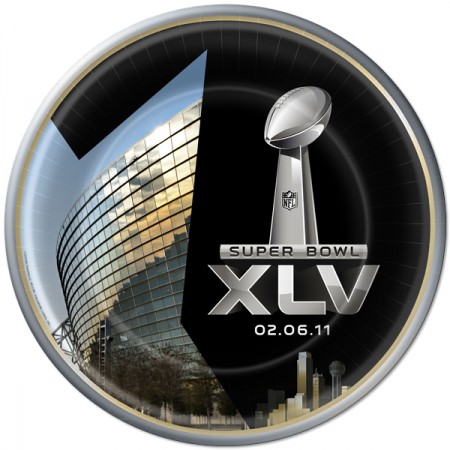

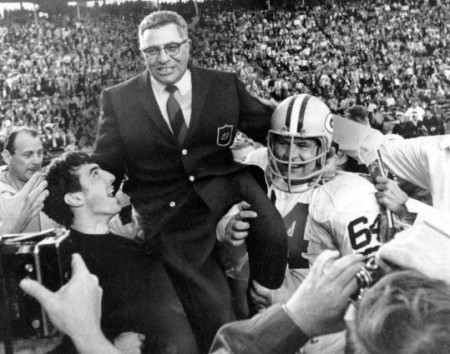
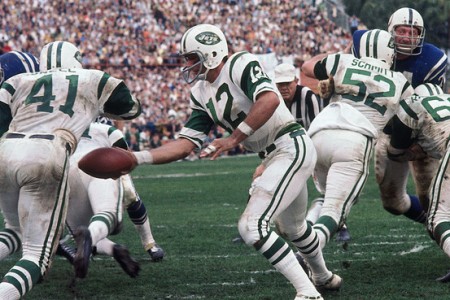
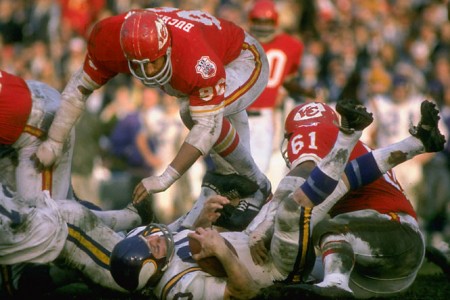
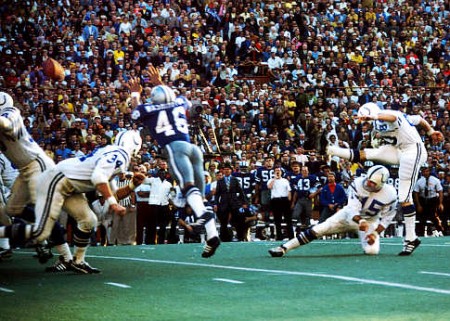
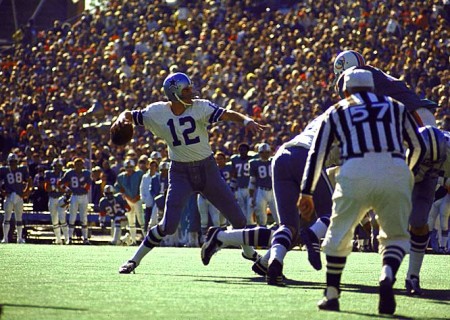
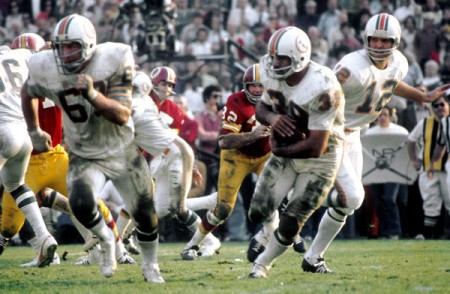
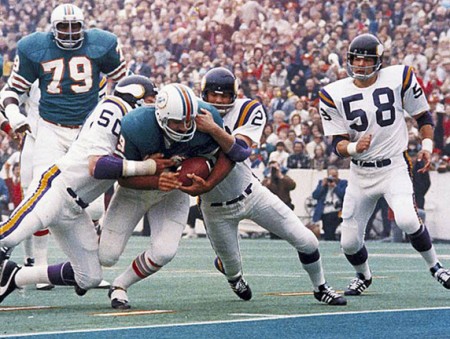
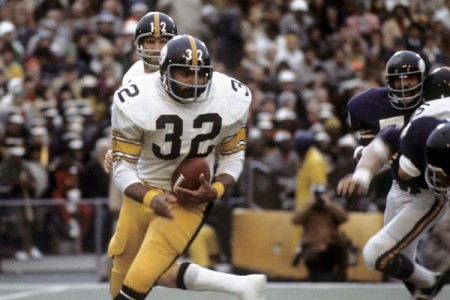
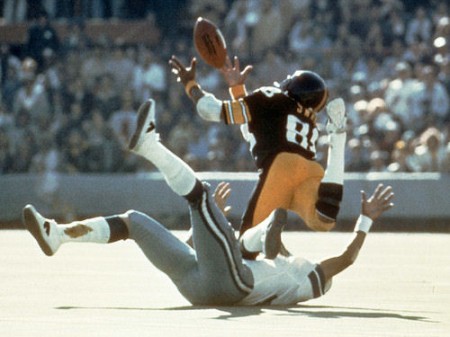

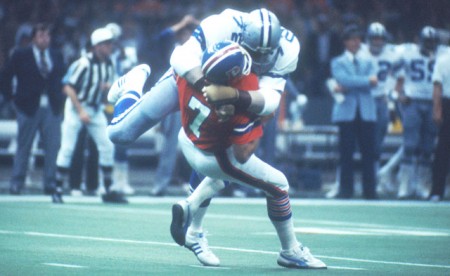
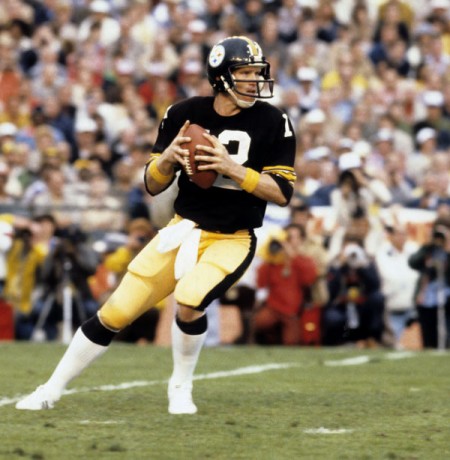
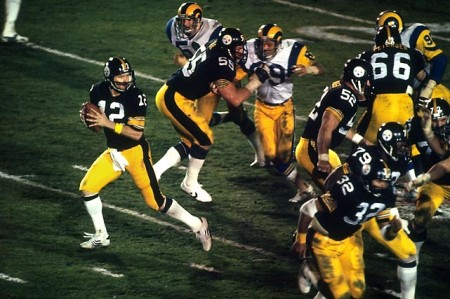
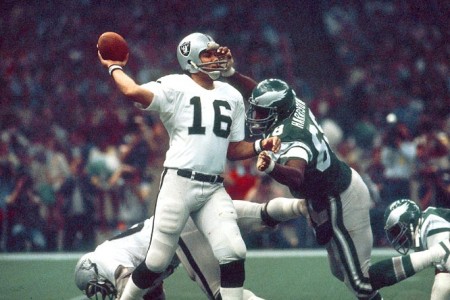

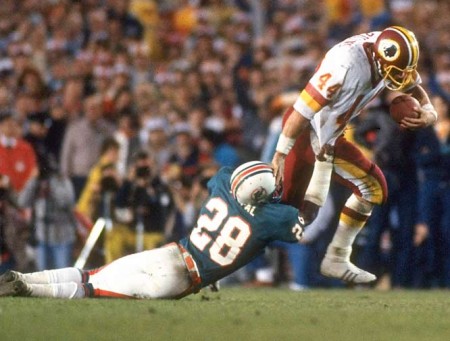
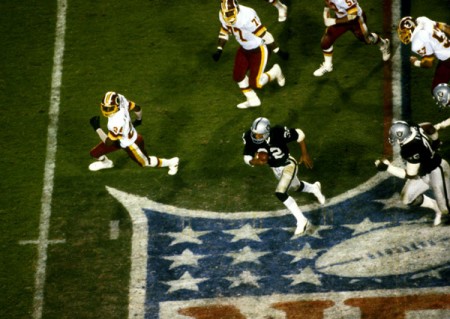
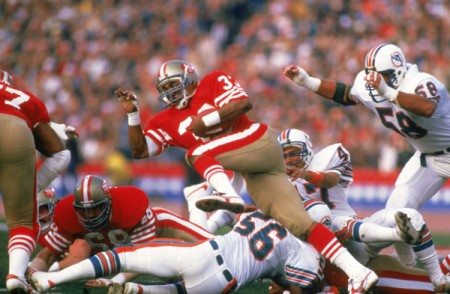
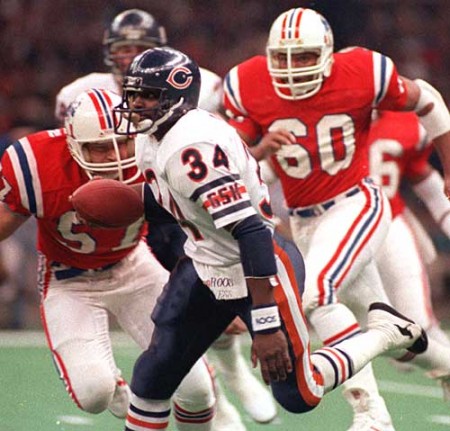
15 responses to “The History of the Super Bowl in Pictures Part I”
[…] the original post here: The History of the Super Bowl in Pictures Part I | Sportige :49ers-beat, a-won-his, and-three, close-despite, despite-the-impressive, dolphins, far-from, […]
[…] For Super Bowls I – XX […]
[…] This post was mentioned on Twitter by Ehud Riven and Ehud Riven, Netta Siach. Netta Siach said: RT @Gerakis100: The History of the Super Bowl in Pictures Part I (PICS) http://su.pr/2W9QAm […]
[…] The History of the Super Bowl in Pictures Part I […]
A DailyKix Top Story – Trackback from DailyKix.com…
The History of the Super Bowls in Pictures…
[…] The History of the Super Bowl in Pictures Part I […]
[…] Every Super Bowl in one photo […]
[…] […]
[…] Source:http://sportige.com/super-bowl-history-1/ This entry was posted in Sports and tagged big game, NFL, packers, super bowl, super bowl xx, super bowls. Bookmark the permalink. ← Vikings’ DE Tased & Arrested After Running From Cops & Crotch-Grab LikeBe the first to like this post. […]
Great Post! So excited for Super Bowl 2011! I found this cool infogpraphic with some interesting facts about Super Bowl XLV on it. Thought i’d share it. http://bit.ly/dIEuYR
[…] Source:http://sportige.com/super-bowl-history-1/ […]
[…] The History of the Super Bowl in Pictures [sportige] […]
[…] with the first 20 NFL Finals � Super Bowl I (Packers) to Super Bowl XX (Bears).Source:http://sportige.com/super-bowl-history-1/ Posted by ltrawler at 11:34 […]
[…] […]
[…] The History of the Super Bowl in Pictures [sportige] […]